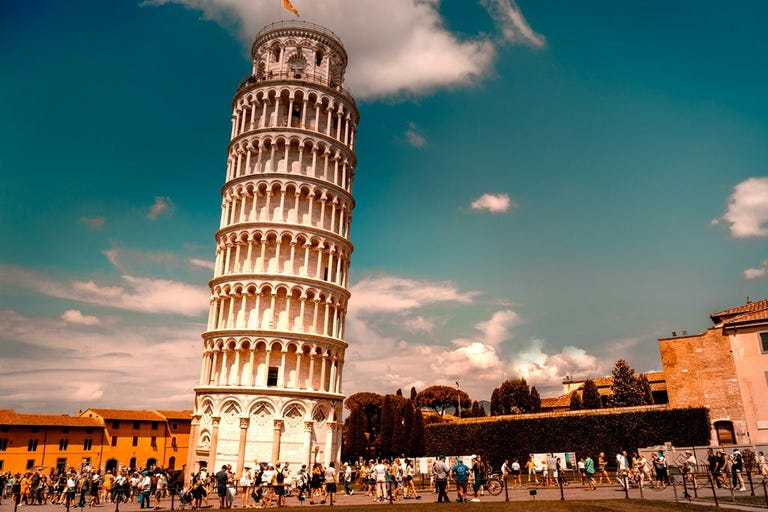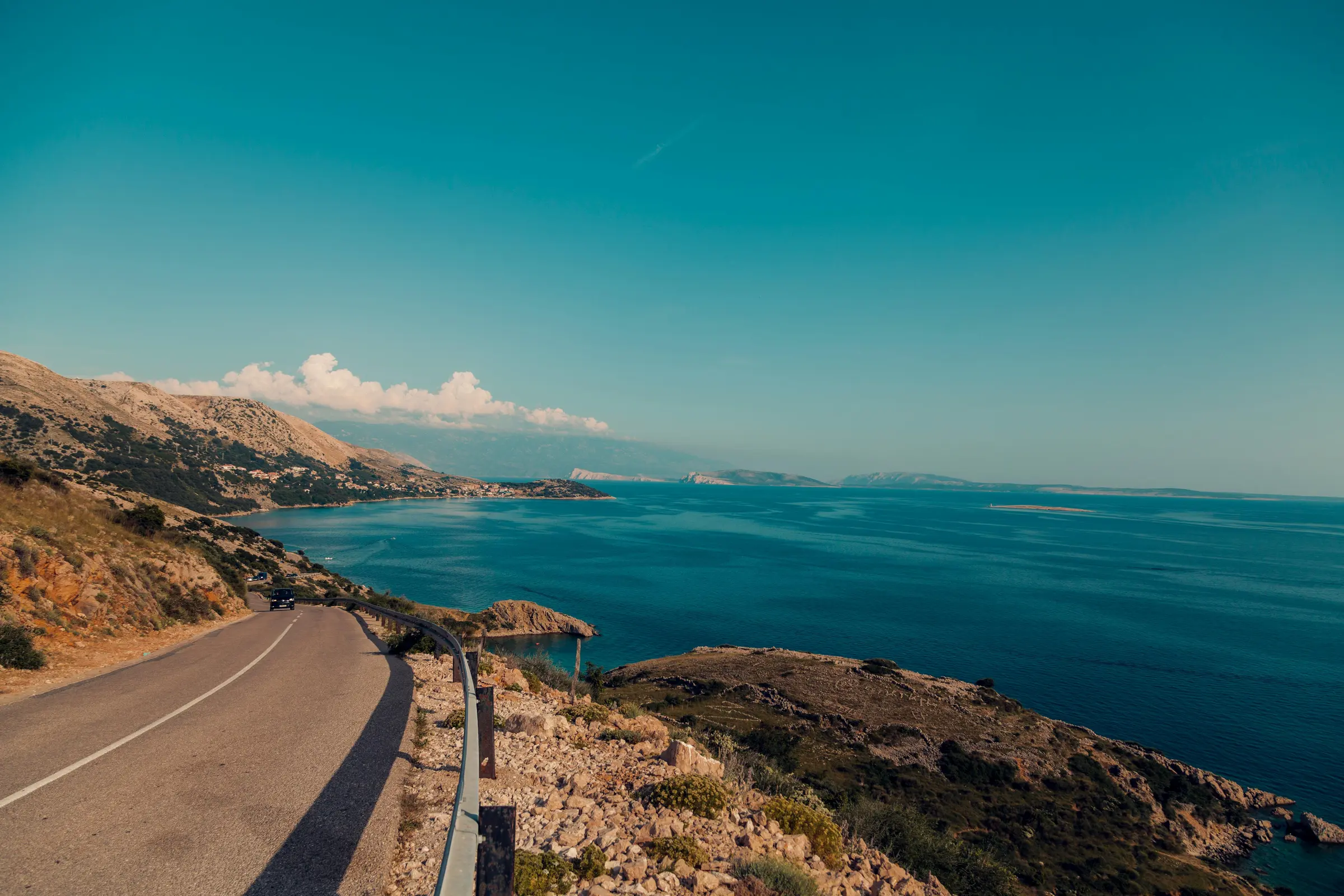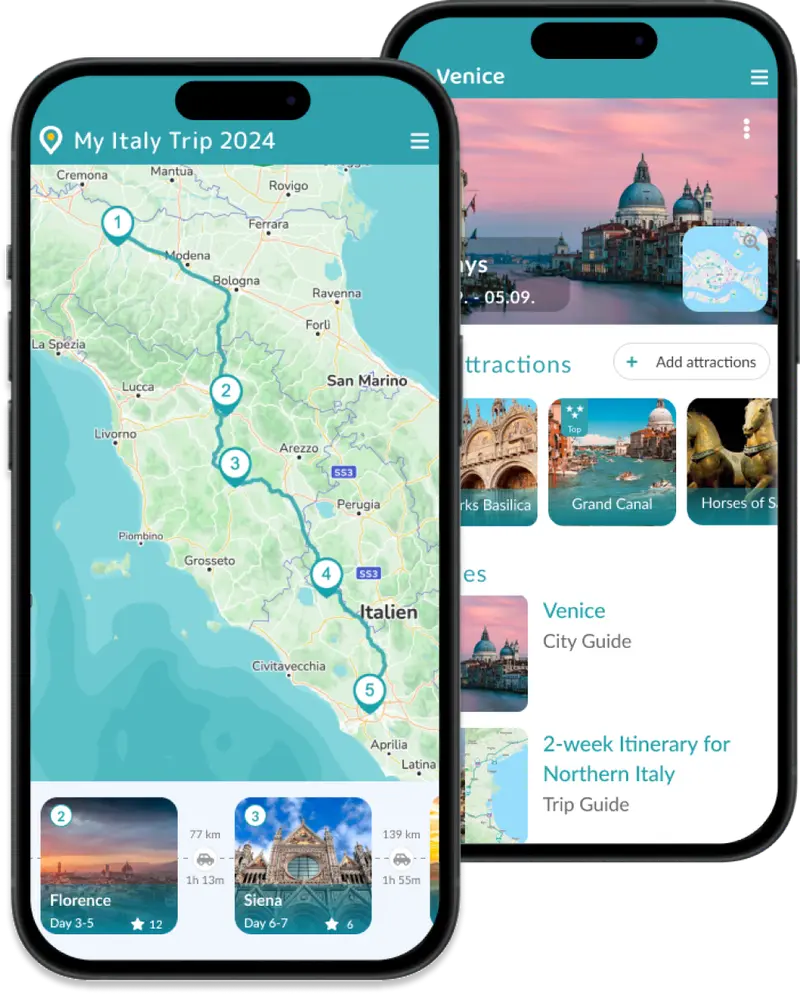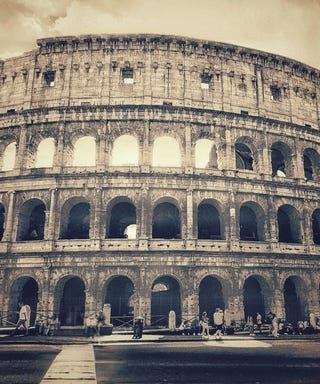Who hasn't heard of Pisa? With its iconic Leaning Tower, this world-famous UNESCO city attracts millions of visitors each year. Beyond its famous tower, Pisa is also home to beautiful Renaissance architecture, lively piazzas, and delicious Tuscan cuisine, making it a great destination for a day trip.
Top Highlights of Pisa




Inside, the atmosphere is simple, almost ascetic, drawing the eye to the marble pulpit by Nicola Pisano, a 1260 masterpiece that marks the dawn of the Renaissance. Every half hour, the Baptistery’s acoustic marvel comes to life: its double dome, with an inner pyramid and outer hemisphere, transforms even whispers into something akin to heavenly music.
Also noteworthy is the beautiful octagonal baptismal font, crafted in 1246. Incidentally, construction wasn’t completed until 200 years later, in 1363.






Travel Information
Best time to visit
The best time to visit Pisa is from late spring to early autumn, specifically from May to September. During these months, the weather is warm and sunny, perfect for exploring the city's attractions and enjoying events like the Luminara di San Ranieri in June. For fewer crowds and milder temperatures, consider visiting in May or September. Try to avoid the peak summer months of July and August when temperatures soar and tourist crowds are at their highest.
How much time do you need?
The main sights are all compactly located on the Piazza del Duomo. This means you only need 4-5 hours for Pisa, depending on how long the lines are for climbing the tower and how much you want to admire the cathedral and baptistery.
To make the most of your visit, explore the town early in the morning or later in the afternoon to avoid the largest crowds.
How to get to Pisa
By Plane
Pisa International Airport (Galileo Galilei Airport) is the largest airport in Tuscany and is thus well-connected to various European destinations and even some intercontinental flights. The airport is just 2 kilometers from the city center, making it convenient for travelers to reach their accommodations quickly. Regular bus and taxi services are available to reach the city center.
By Train
Pisa has excellent rail connections, with Pisa Centrale being the main train station. Trains from major cities like Florence, Rome, and Milan regularly stop here. From Florence, it takes about 1 hour, while from Rome, the journey is around 2.5 hours. Trenitalia and Italo operate frequent and efficient services, making train travel a comfortable and popular option. From the train station it's an easy walk to the Leaning Tower of Pisa.
By Car
If you prefer driving, you can reach Pisa by car via the A11 motorway from Florence or the A12 motorway from Genoa or Rome. Keep in mind that parking in the city center is limited (ZTL zone!) and expensive, so it's best to park your car outside the city center and walk to the main piazza. There are enough parking areas for your car.
Fancy a roadtrip?
Be inspired by our hand-picked road trips.

History
In Roman times, Pisa was a crucial naval base and became a Roman colony in 180 BC. It continued to flourish as a port and municipal center, with notable archaeological remains like the "Nero Baths" indicating its prosperity during this period
Pisa was once a mighty maritime republic during the Middle Ages, rivaling cities like Genoa and Venice in power and prestige. Its strategic location on the Arno River and proximity to the Mediterranean Sea made it a thriving hub for trade and commerce. The city flourished as a center of art, science, and architecture, attracting scholars, artists, and merchants from all over Europe.
The construction of the Leaning Tower of Pisa began in the 12th century as part of the city's grand cathedral complex. However, due to unstable ground and a poor foundation, the tower began to tilt even before its completion. What would normally lead to a disaster ultimately made Pisa's most famous landmark.
The city's naval prowess allowed it to dominate the western Mediterranean, and its involvement in the Crusades bolstered its wealth and influence. However, Pisa's fortunes declined after a significant defeat by Genoa in the Battle of Meloria in 1284.
By the 15th century, the silting of the Arno River had rendered Pisa's port useless, leading to a decline in its economic power. The city fell under Florentine control in 1405, experienced brief independence in the late 15th century, and was finally annexed by Florence again in 1509.
Despite these challenges, Pisa underwent periods of revitalization, especially during the rule of the Grand Dukes of Tuscany, who modernized its infrastructure. Today, Pisa is best known for its world-famous Leaning Tower.
So, come and explore the fascinating history of Pisa yourself, and don't forget to strike a pose with the Leaning Tower in the background!




